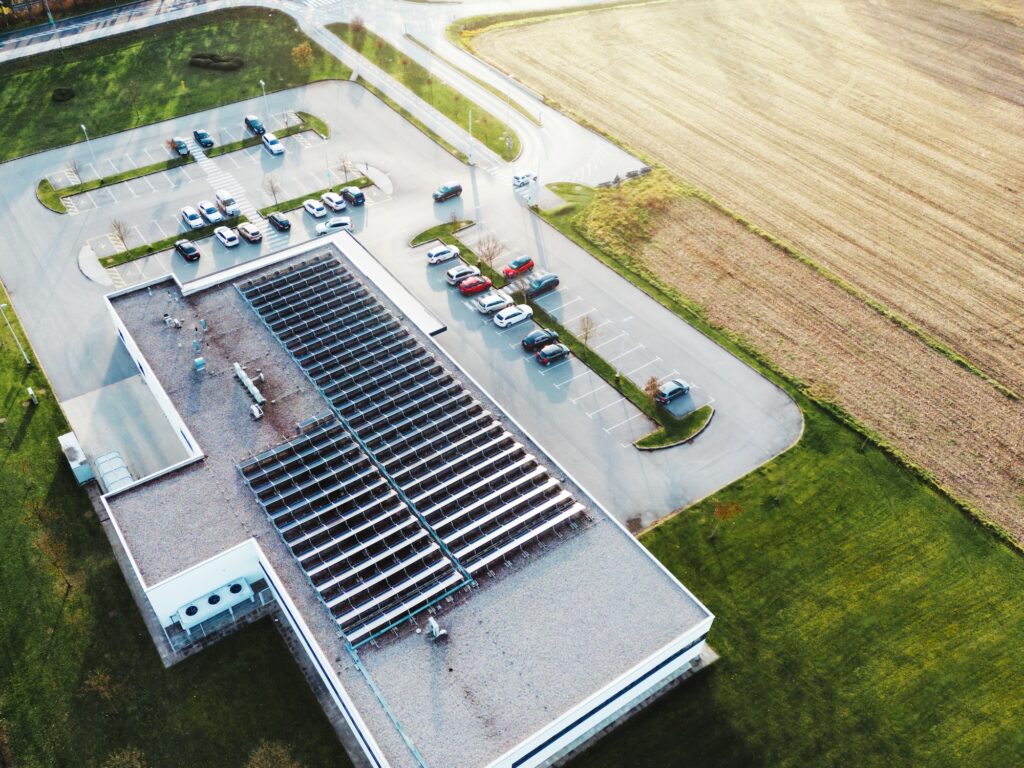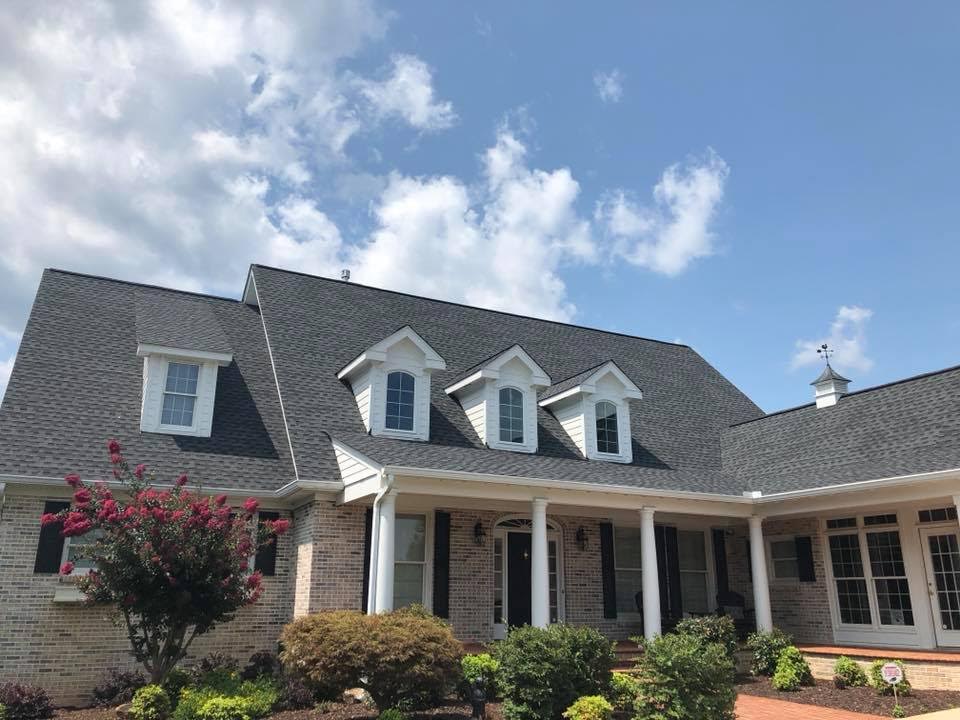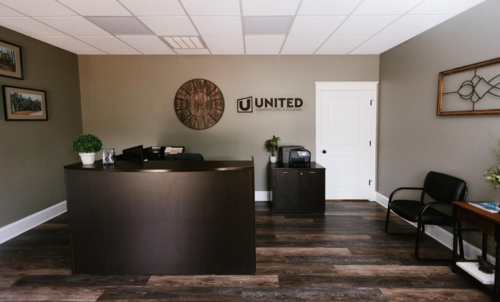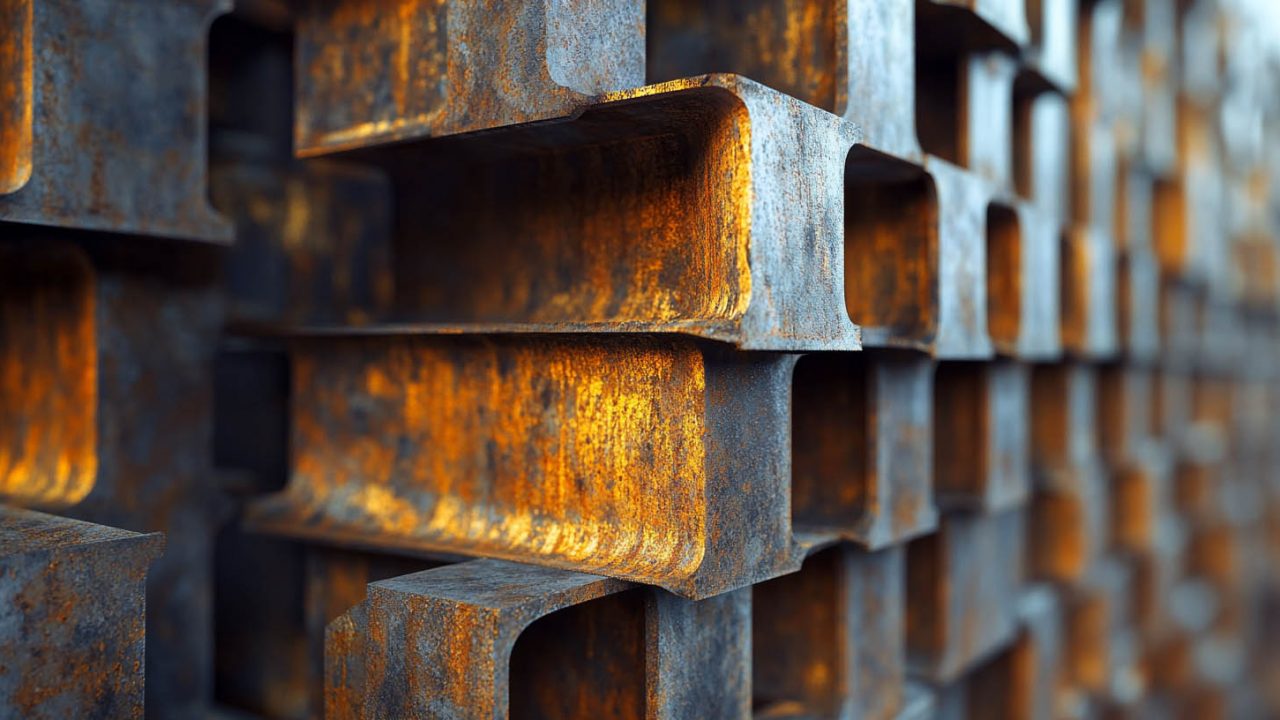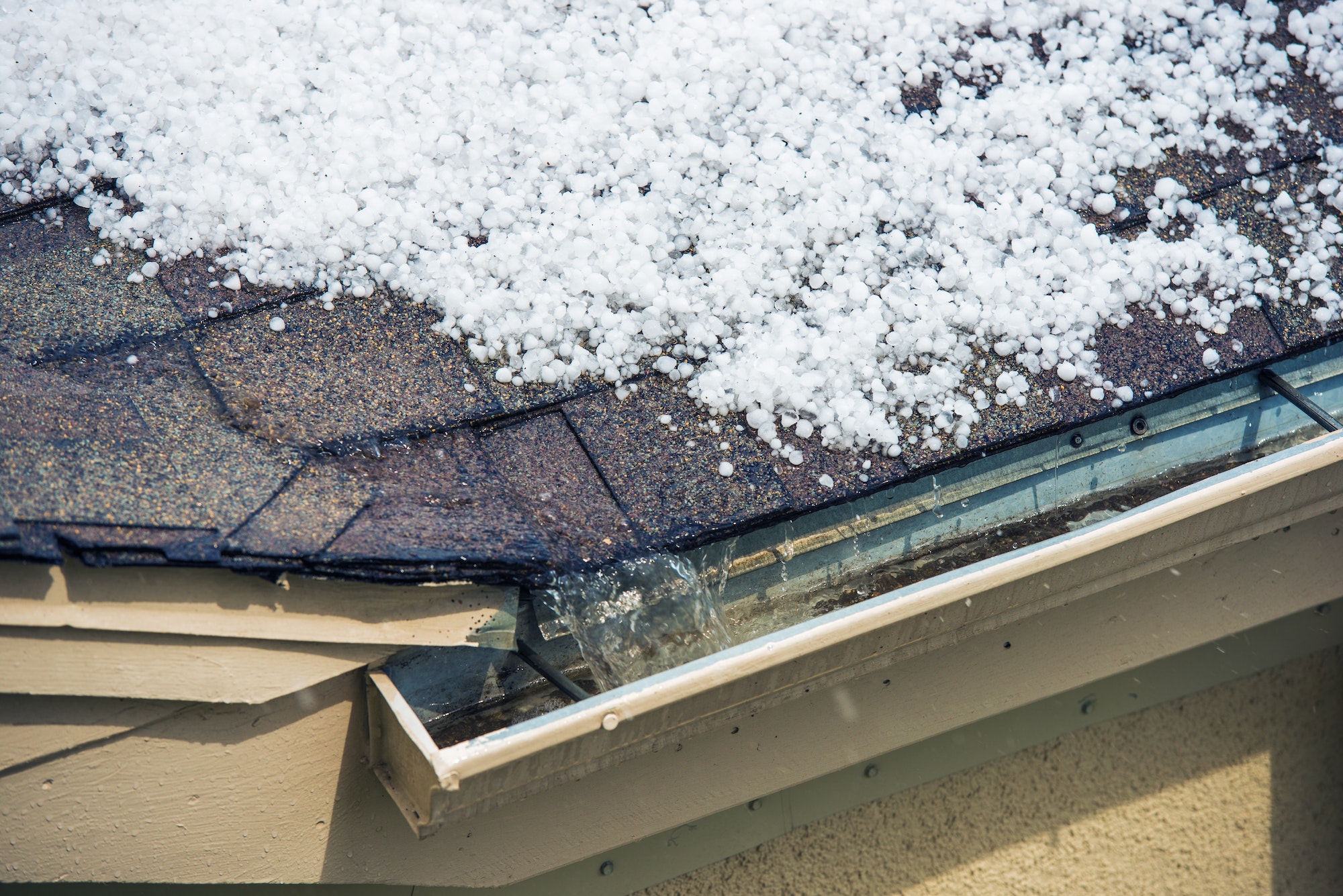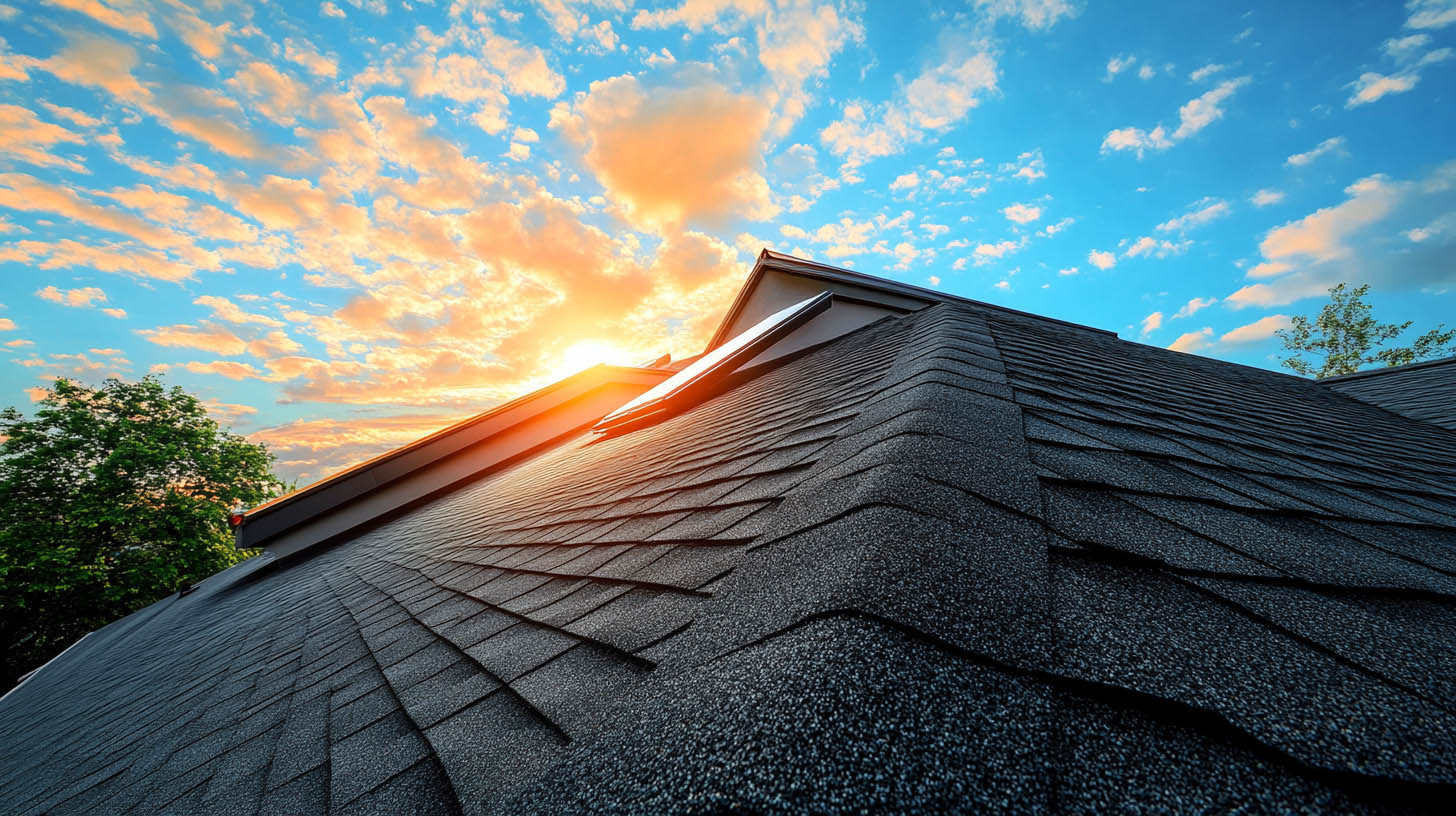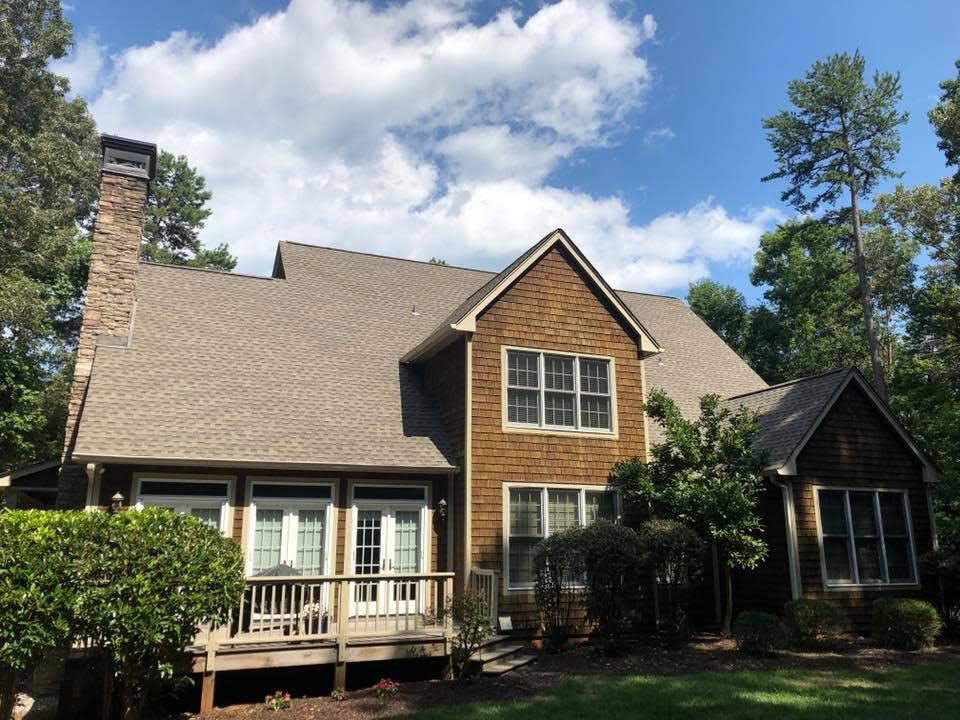Engineered edge metals play a crucial role in the longevity and performance of commercial roofing systems. These components, typically made from aluminum or steel, provide structural support, protect against weather elements, and direct water runoff efficiently. At United Contracting & Roofing LLC in Greenville, SC, we emphasize the importance of high-quality edge metals for maintaining a durable and leak-free roofing system.
What are Engineered Edge Metals?
Definition and Purpose
Engineered edge metals are metal components installed at the edges of a roof to provide structural integrity and protection. They include elements like coping, wall caps, gravel stops, and drip edges. These components serve as termination and transition points between the roof and building, offering an aesthetic finish and the first line of defense against wind and water damage.
Importance in Roofing Systems
Without proper installation of edge metals, a roof system can be vulnerable to water damage and other issues that may lead to costly repairs or a complete roof replacement. Many roof failures start at the edges, highlighting the critical role of these components in a roof’s overall performance.
Types of Edge Metals
Common Materials
- Aluminum: Lightweight, corrosion-resistant, and durable.
- Galvanized Steel: Strong and durable, with a protective zinc coating to prevent rust.
Common Types of Edge Metals
- Coping: Found on the top of parapet walls, coping secures the perimeter edges of the membrane to the parapet wall edge and protects the wall top from water intrusion.
- Gravel Stop: Prevents gravel from ballasted roof systems from washing off.
- Fascia: Extends down the top wall edge, providing a transition from the wall to the roof and protecting the roof-wall transition from water intrusion.
- Gutters: While not used to secure the edges of membranes, gutters are crucial for directing water away from the building.
Testing and Rating of Engineered Edge Metals
Standards and Guidelines
Engineered edge metals are tested and rated based on their ability to withstand wind loads. The standards for edge metal testing are set by ANSI/SPRI ES-1 and FM Approvals. These standards ensure that edge metals can endure the necessary wind design pressure, calculated using building height, location, wind speed, and building occupancy type.
Types of Testing
- RE-1: Tests the edge metal for ballasted and mechanically attached roofing membranes.
- RE-2: Tests roof fascia metals.
- RE-3: Evaluates roof coping edge systems in horizontal and vertical directions.
Benefits of Proper Edge Metal Installation
Enhanced Protection
Properly installed edge metals protect the roof system from wind uplift, water intrusion, and structural damage. This protection is crucial in extending the service life of the roof and reducing maintenance costs.
Improved Aesthetic Appeal
Edge metals provide a clean, finished look to the building’s exterior. This aesthetic appeal can enhance the overall appearance and value of the property.
Compliance with Building Codes
Using edge metals that meet or exceed industry standards ensures compliance with local building codes and regulations, providing peace of mind for building owners and managers.
Challenges and Considerations
Quality of Materials
Choosing high-quality materials for edge metals is essential for ensuring durability and performance. Poor-quality materials can lead to premature failure and increased maintenance costs.
Proper Installation
The installation of edge metals should be carried out by experienced professionals to ensure they are properly secured and sealed. Improper installation can result in leaks, wind damage, and other issues.
Conclusion
Engineered edge metals are vital components of a commercial roofing system, providing structural support, protection against weather elements, and an aesthetic finish. At United Contracting & Roofing LLC, we ensure the proper installation and maintenance of these critical components to deliver a durable, long-lasting roof. By selecting high-quality edge metals that meet industry standards and conducting regular maintenance, building owners can extend the service life of their roofs and reduce the risk of costly repairs or replacements.For more information on the comprehensive guide to PVC roofing, click here.

